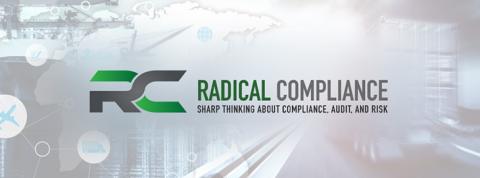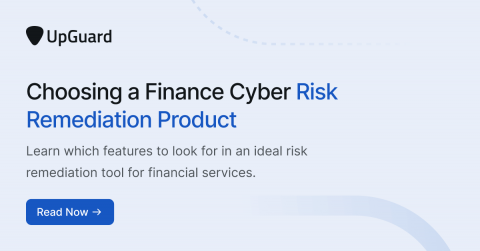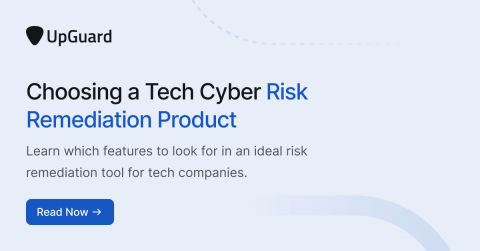The Importance of Security Risk Assessments and How to Conduct Them
IT risk assessments are vital for cybersecurity and information security risk management in every organization today. By identifying threats to your IT systems, data and other resources and understanding their potential business impacts, you can prioritize your mitigation efforts to avoid costly business disruptions, data breaches, compliance penalties and other damage.









